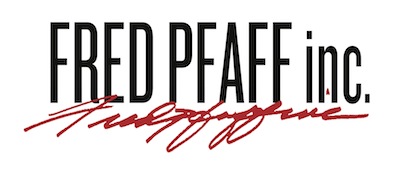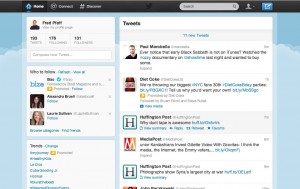This is a repost of an article we wrote for Marketing Daily, published July 25, 2012 (http://bit.ly/Omr5Gm).
Marketers need to take a longer view to win with the short form.
by Fred Pfaff and Art Cannon
We’re entering an era of atomic messaging. As Twitter’s brevity and mobility attract more users along its inexorable march to a billion, the marketing community is realizing that short is smart. Long form media aren’t doomed, but the engagement bar keeps rising with respect to intensity and immediacy. As radio served notice to print, and email made direct work harder to stay relevant, now social (with an emphasis on short) is telling all media channels one thing: Get to the point.
This urgency reignites a time-old problem for marketers. It’s easier to string together reactive communications than it is to structure an integrated campaign. But that integration is precisely what the Great Twitter Rush will impose on marketers. Because you can’t establish a broader, more thoughtful context in a 140-character communication, you have to have established the base already. And short form messaging needs to lead people back to the brand itself.
Said another way, Twitter needs to be integrated into a pre-thought strategic construct. Winning with it is ultimately a matter of experience integration. You have to build for the experience, and build experience upon experience. Tweets can lead to treats or treatises, depending on what’s appropriate for the brand. The key is that they lead to something.
Twitter is built for speed. Speed can still work for thoughtful propositions, provided the speed creates meaningful connections. The faster we go, though, the more grounded we need to be. Optimizing for Twitter isn’t about what you do on it, it’s what you build from it.
With each tweet, the attraction is in the offer. Sometimes it’s self-encapsulated, an iota of information of value for a brand’s fans – in which case the context comes pre-established (they’re fans). Most times, it points to some other engagement content that leads to another, and another, and another. And that’s where the forward vision and infrastructure come in.
To get to meaningful engagement, marketers need to plan for the entire molecular chain upfront – in ways that leave room for reaction, of course – so the short pop that shows up in someone’s feed leads to a series of engagements that accumulate meaningful mass (and maybe even a sale or two).
Think of it this way: We’re used to building beaches by the truckload. Now we have to build a beach one grain of sand at a time. So it’s even more important to keep the beach in mind.
This is why contest programs that use Twitter on the front end work well. There’s a complete – sometimes elaborate – system in place to usher people through the chain. The thinking’s been done in advance. Twitter is the lead on top of the program. Another example, in B2B, is research, which allows for Twitter front end to lead to capture pages for executive summary, full report, comments and requests for presentation that can be followed up by sales reps. Both are reward-based. One reward is a prize, the other is intelligence.
When you don’t have an offer within a natural chain, it gets harder to integrate the short form messaging. The grains need to be sprinkled with the beach in mind. By the beach, we mean the overall experience of the brand. We’re talking your role in people’s lives and aspirations.
In practice, that means principles first. What kind of short form content is authentic to the brand? What is on-role? What is on-permission with your audience? You can’t prescribe the language, you can only establish the principles, so everyone is grounded in why you’re using the platform. If Twitter’s in your mix today, does it reflect your core message and connection? Hint: If you have a roomful of interns cranking out tweets, you’re not there yet.
Twitter and its cousins will work their way into the marketing surround one program at a time. As they do, marketers must learn to generate power in context: the creation of a chain of experiences that’s triggered by something as short as 140 characters.

